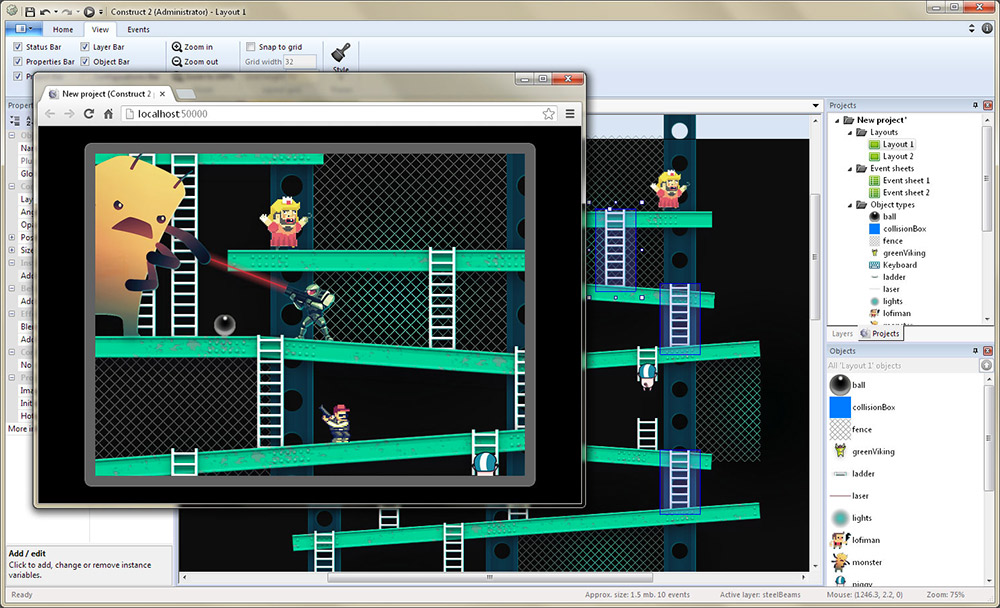- Creating a Mac OS X package for a Java application The following article uses options that are available starting with the Professional edition and project type. This tutorial will guide you through the packaging of a Java application into a Mac OS X compliant package.
- This may mean some intermediate awkward views of the application as the redrawing struggles to keep up. This live resizing is the default behavior for Java applications on the Windows platform and for many native Mac OS X applications. It is not the default behavior for Java applications on Mac OS X, but you can set it like this.
- The Java properties indicate the location of the jar file, the name of the Main class, and the version of the JRE to be used. The other properties include a pointer to the icon file and to the Java application stub file that is the native executable. Creating Mac OS X Java Applications on Other Platforms.
The following article uses options that are available starting with the Professional edition and project type.
This tutorial will guide you through the packaging of a Java application into a Mac OS X compliant package.
Public class Application extends java.lang.Object. The Application class allows you to integrate your Java application with the native Mac OS X environment. You can provide your Mac OS X users a greatly enhanced experience by implementing a few basic handlers for standard system events.
- 1. Create project
- 2. Add Installation Files
- 3. Add the Mac OS X build
- 4. Define Java Product
- 5. Build
- 6. Video tutorial
1. Create project
Start Advanced Installer. Launching Advanced Installer automatically starts a new installation project. Choose “Java” > “Java Application” as the project type.

A good idea is to save and name the project at this point. Use the “Save” menu item under the “File” menu or the Ctrl+S keyboard shortcut and let's name it MacOSXPackage.aip.
2. Add Installation Files
Go to the Files and Folders page by clicking on “Files and Folders” on the left pane.
Right click “Application Folder” and select “Add Files”. Browse to the source folder on disk of your JAR file and select it. Click OK.
3. Add the Mac OS X build
Java Application For Mac Operating System
Go to the Builds page by clicking on “Builds” on the left pane.
Create a new Mac OS X build by clicking on the toolbar button.
4. Define Java Product
Go to the Java Products page by clicking on “Java Products” on the left side page menu.
Create a new Java Product by clicking on the toolbar button.
Click on the button and browse to and select the JAR file you added in “Files and Folders” page. Click OK.
Go to “Mac OS X” tab and check the “Include the Java Product in the Mac OS build” option.
Java Application For Mac Shortcut
5. Build
Click on the toolbar button. Two setup packages will be built: a Windows compliant setup and a Mac OS X compliant package. The built Mac OS X package is a self extracting ZIP archive.
Java Application For Mobile
6. Video tutorial
